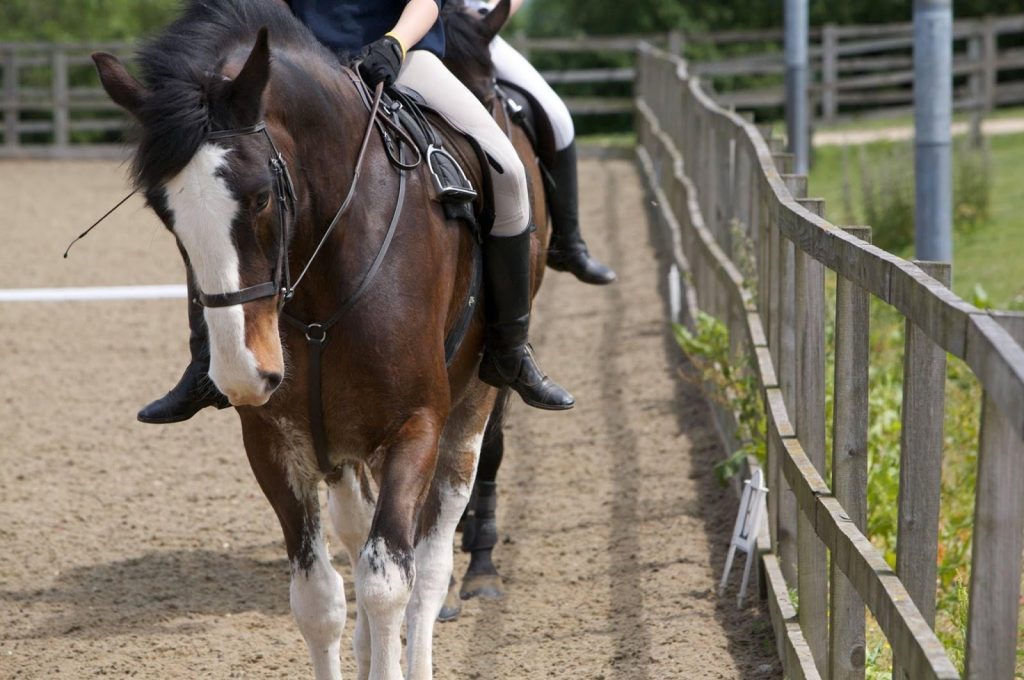

All horses, ponies, donkeys and mules require training to enable them to be handled safely and ensure that husbandry practices do not have a negative impact on their well-being. As far as possible, all interactions with human handlers and carers should be positive and new procedures introduced gradually to allow the animal to habituate fully to these. As a prey species, equines are naturally fearful and can quickly develop avoidance responses in specific situations that subsequently result in unwanted behaviour. For guidance on how to work with horses to both prevent and overcome handling issues see the Better Behaviour booklet produced by the Redwings Behaviour Team.
Information from The Donkey Sanctuary on the training of donkeys and mules (using the science of behaviour) can be accessed by following the link.
All training should be carried out without inducing pain, fear or distress, and take account of the age, past experience and health of the animal concerned. The importance of applying learning theory to all aspects of equine training (handling and ridden work) is now widely accepted. The principles underpinning training methods and management on which human and horse welfare depend are identified by the International Society for Equitation Science (ISES) as:
Further details of these principles and the application of learning theory can be found at: equitationscience.com/learning-theory/
It is the responsibility of the trainer to ensure that the training approach is ethical and appropriate, and that they possess the prerequisite skills to carry out the training. The British Horse Society offers training opportunities through their Challenge Award system, as well as providing information about assessments and training. The Animal Behaviour and Training Council provides information relating to registered equine trainers.
All tack and handling equipment should be maintained in a good, clean, functional condition. Expert advice should be sought regarding the fitting of new saddles or harness considering that a high percentage of behavioural problems are rooted in discomfort or pain, often caused by ill-fitting tack.
Guidance on saddle fit and where to find a qualified saddle fitter can be found at: How To Fit A Saddle | British Horse Society (BHS)

A recent example of restrictive, tightly fitting tack potentially causing pain and injury has been demonstrated by research into the impact of restrictive nosebands. See Position statement on restrictive nosebands (2019) | Equitation | International Society for Equitation Science for further information on this issue.
The British Horse Society provides valuable advice for riders and carriage drivers about incidents commonly reported to them. To access this information or report an incident go to: bhs.org.uk/advice-and-information/common-incidents
